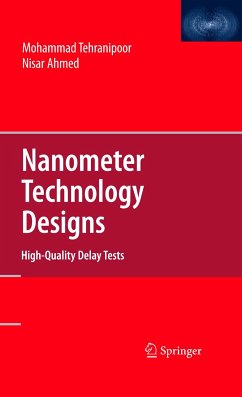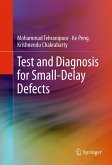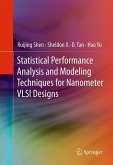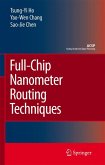Nanometer Technology Designs: High-Quality Delay Tests discusses these challenges in detail and proposes new techniques and methodologies to improve the overall quality of the delay test for nanotechnology designs. Topics covered include:
- At-speed test challenges for nanotechnology
- Low-cost tester-friendly design-for-test techniques
- Improving test quality of current at-speed test methods
- Functionally un-testable fault list generation and avoidance
- Timing-based ATPG for screening small delay faults
- Faster-than-at-speed test considering power supply noise
- Power supply noise tolerant at-speed test pattern generation and application
- Solutions for dealing with crosstalk and signal integrity issues
Nanometer Technology Designs: High-Quality Delay Tests is a reference for practicing engineers and researchers in both industry and academia who are interested in learning about and implementing the most-advanced methods in nanometer delay testing.
Dieser Download kann aus rechtlichen Gründen nur mit Rechnungsadresse in A, B, BG, CY, CZ, D, DK, EW, E, FIN, F, GR, HR, H, IRL, I, LT, L, LR, M, NL, PL, P, R, S, SLO, SK ausgeliefert werden.









